Cyclical Exercise: How to Use Your Cycle to Optimize Your Fitness Routine
Ready to get in tune with your menstrual cycle and use it to reach your fitness goals more easily?
Traditional exercise advice neglects an essential caveat: women’s unique pattern of hormones, rising and falling in a delicate balance each month. Hormones are part of your innate design as a woman that MUST be considered in physical activity.
Cyclical exercise is a unique strategy for movement that uses your hormonal patterns as a guide. Cyclical exercise helps you feel your best because it works with your body’s energy levels and stamina – not against them.
This exercise follows the concept of cyclical living, aka living in tune with your natural rhythms. Understanding your hormone cycle helps you to stay in touch with your deepest self and support your physical needs at every turn.
At Primally Pure, we love staying up to date with the latest discoveries and ways to live more intuitively with your body for a healthier lifestyle. So to keep you up to date, we had the pleasure of talking with our friend + respected Functional Nurse Practitioner, Taylor Dukes, to get some much-needed clarity and direction on how to create a cyclical exercise routine. She’s a wealth of knowledge when it comes to cyclical living + incorporating cyclical exercise into your routines.
Here’s what we learned from her: when you let your body’s signals lead, movement can become something you look forward to, not dread.
But before we dive into pairing exercise and menstrual cycle phases, let’s walk through the major hormones in your cycle + the roles they play.
The Link Between Your Cycle + Movement
Using your menstrual cycle to map out your exercise may seem strange. But science (and hormones!) shows us a very real connection. There’s a good reason the concept of cyclical living, specifically cyclical exercise, is on the rise. But first, let’s review the main hormones that play a part in a cyclical exercise approach.
The Main Hormones You Need to Know
All hormones are part of your fertility – surging and declining at the perfect times to balance each other out and support your entire reproductive system. This matters because if you’re in your reproductive years, you need your menstrual cycle for full-body health.
*A note about birth control + cyclical exercise: if you’re on hormonal birth control, unfortunately, using a cyclical exercise approach won’t be effective in the same way. Hormonal birth control contains synthetic hormones that disrupt the delicate innate balance of hormones required for cyclical exercise.
- Cholesterol levels
- Blood sugar levels
- Bone + muscle mass
- Circulation + blood flow
- Collagen production + hydration in your skin
- Brain function + focus
Taylor helped us understand how estrogen relates to cyclical exercise patterns:
“Estrogen can influence neurotransmitters, such as serotonin. This is what causes you to feel the most energetic and creative.”
So, when estrogen is up, you’ll want to use that burst of energy to incorporate more vigorous/intense exercise.
*A note about estradiol terminology – there are three main forms of estrogen. Estradiol is the primary estrogen your body creates during reproductive years + the most potent form.1 So you’ll see most sources refer to “estradiol” instead of estrogen – or use them interchangeably.
So, progesterone helps maintain a pregnancy and support your menstrual cycle by declining (and spurring the uterine shedding, aka the start of your period). But within your body, progesterone also:3
- Regulates menstrual bleeding
- Helps improve your mood
- Maintains the lining of your uterus
- Supports thyroid function
- Supports lactation
Here’s what Taylor told us about how progesterone relates to cyclical exercise:
“Progesterone can make some women feel sluggish, constipated, tired, etc.”
So when progesterone is up, you’ll want to minimize/reduce movement. This will likely fit with the “sluggish” feeling that can come with progesterone rising.
Without knowledge of these hormones and your body’s patterns + energy levels, you could be hindering your fitness/health goals – despite valiant efforts or commitment. You might even be accidentally working against your goals by putting too much stress + strain on your body (and hormonal system) at the wrong times. That’s why understanding the pattern of your hormones is foundational to creating your cyclical exercise routine.
How to Pair Exercise and Menstrual Cycle Phases
Before diving in, remember that exercise doesn’t have to mean rigorous, high-intensity workouts. (Spoiler alert: the best cyclical “exercise” you can do in certain phases is actually gentle, restorative movement like stretching or walking.)
The cycle we’ll use below is just a sample based on typical windows for each phase. Everyone has a unique cycle, but the recommendations for cyclical exercise apply to anyone with a healthy, regular cycle. (If your cycles are drastically different, this could be a reason to consult your trusted healthcare professional.)
Menstrual Phase (Around Day 1-6)
What’s happening in your body: You’re probably already familiar with this phase if you’re a female. ;) Your uterine lining is shedding because implantation did not occur. This is the beginning of a new cycle.
*Tip: The first day of the menstrual period is counted as Day 1 – when you see a consistent “flow,” not just spotting.
The Down Low: This is when you should rest the MOST and do the LEAST in your cyclical exercise.
Cyclical Exercise to Try During Your Menstrual Phase:
→ Gentle Yoga
→ Stretching
→ Walking
→ Pilates
Follicular Phase (Day 7-13)
What’s happening in your body: A new egg is maturing and prepping to be released during ovulation. Your estrogen (estradiol specifically) and testosterone increase, and your FSH is spurring things along + initiating hormone production.
The Down Low: You’ll start to regain your energy and be ready for more vigorous exercise – gradually build on the intensity throughout this time.
Cyclical Exercise to Try During Your Follicular Phase:
*Gradually transition to more intense exercise throughout this phase:
→ Moderate-intensity exercises like:6
- Brisk walking
- Water aerobics
- Dancing (ballroom or social)
- Gardening
- Tennis (doubles)
- Biking slower than 10 miles per hour
→ As you get closer to the next phase, transition into vigorous-intensity exercises like:6
- HIIT
- Weight lifting
- Hiking uphill or with a heavy backpack
- Running
- Swimming laps
- Aerobic dancing
- Heavy yard work like continuous digging or hoeing
- Tennis (singles)
- Cycling 10 miles per hour or faster
- Jumping rope
- Power Yoga or Hot Yoga
*Tip: Pair your strength-training and muscle-building exercises with plenty of protein in your diet to support hormone balance, longevity, and overall health.
Ovulation (Around Day 14)
What’s happening in your body: The rising estrogen (estradiol) signals your body to produce LH, which releases the mature egg.
The Down Low: Ovulation is the best time to plan your most intense workouts that challenge you and build muscle. You’ll have the most energy + stamina to support you!
Cyclical Exercise to Try During Ovulation:
→ Weight Lifting
→ HIIT workouts
→ Running or sprints
→ Any exercise that pushes you to your limit and challenges you!
Luteal Phase (Day 15-28 – The End of Your Cycle/Beginning of Your Next Period)
What’s happening in your body: Estrogen is starting to drop, and progesterone is surging to prepare your uterine lining for a potential pregnancy. (However, if you don’t get pregnant, your progesterone will also decline.)
The Down Low: The decline of your “energy” hormone estrogen and rise of the “sluggish” hormone progesterone means you can expect to have less energy. So slow it down, and don’t push yourself too hard – use this time to ease into your next menstrual cycle and flow with your body’s needs.
Cyclical Exercise to Try During Your Luteal Phase:
→ Moderate to gentle, slow, or restorative yoga
→ Pilates
→ Walking
→ Moderate to gentle strength training
Viewing exercise through the lens of your cycle is revolutionary. With cyclical exercise, you’ll find your workouts align with your energy levels. The phase-focused movement supports your body’s innate rhythms and helps you work WITH your body instead of against it.
FAQs on Cyclical Exercise
We’re so thankful that Taylor Dukes was willing to sit down with us and explain how to incorporate cyclical exercise into our days with ease + clarity. But we had a few lingering questions – so here’s some more information for the curious + the chronic overthinkers. ;)
Q: What are your thoughts on how cyclical exercise could also support skin health? Assuming you're not putting your body under more stress and supporting hormone balance, it seems like you'd experience less intense changes with your skin through the phases.
A: “Absolutely! Think of it this way: it's like giving your skin a little pep talk when you get moving. First, sweating it out during exercise is like your body saying, ‘Hey, let's get rid of those toxins.’ It's like a mini-detox session that can leave your skin looking clearer and feeling refreshed.
And you know that awesome feeling you get after a good workout? That's not just in your head – it's those lovely endorphins doing their thing. Less stress is a win for your skin, too. Stress tends to show up on your face, causing breakouts and all sorts of not-so-fun stuff. Exercise helps keep those stress levels in check.
Plus, when you're breaking a sweat, you're boosting blood circulation. Picture it as your skin getting a better supply of oxygen and nutrients, like a skincare treatment from the inside out. And good blood flow is like the secret sauce for a healthy glow.
(To add to what Taylor said: But remember, sweat doesn’t always have to happen through exercise – and movement doesn’t need to be intense during certain phases of your cycle. When energy levels are low, you can enjoy a relaxing Epsom salt bath or sauna to sweat, and gentle stretching or yoga to move and still gain the same benefits for your skin. ;))
And here's a fun fact: moving your body can actually stimulate collagen production. Collagen is like the scaffolding for your skin – it keeps it firm and bouncy. So, by staying active, you're essentially telling your skin to stay plump and youthful.
Just remember, it's not about going all out every day. Too much intensity can sometimes backfire. Find what feels good for you, whether it's a dance class, a jog in the park, or even a stroll, and move your body!”
Q: To get technical, how do you define “gentle” yoga for the cyclical exercise recommendations centered on gentle movement? There are so many forms of yoga!
A: “Gentle yoga is a form of yoga that is characterized by a slower pace, ease of movement, and a focus on relaxation and flexibility. I think what a person considers gentle yoga will depend on the person's definition. Anything that isn’t vigorous and doesn’t get the heart rate up.
Definitely no power, weights, heat, or cardio bursts. I think standing poses can be gentle, but if the person is new to movement, standing poses could be too strenuous for them and they would need a more yin-style class. For someone who’s in the gym a lot, standing poses will be less strenuous and considered more gentle.”
Q: What would you consider "high-intensity" exercises (aside from obvious HIIT workouts and running/cardio)? What about hiking, pilates, barre, or a power yoga class?
A: “This is going to differ from everyone. You can get more specific based on heart rate. It is all about how quickly, how high, and how sustained your heart rate is and gets.
Pilates and barre are likely going to be more moderate intensity. But if it is a barre class mixed in with treadmills or cardio, your heart rate is more likely to rise to high-intensity levels.
If you haven’t worked out in a while and go to a pilates or barre class, your heart rate might get up to high-intensity levels. If you go a couple of times a week regularly, it will likely be more moderate intensity for you.
If you are hiking up a mountain with hiking gear and a backpack, that is high intensity. If you are walking more on a flat trail, that will be more moderate intensity. Many power yoga classes are high-intensity if using weights and have cardio bursts, especially in a heated room.”
Q: Do you mind explaining why higher estrogen gives you energy (and creative bursts)? Is there anything interesting behind that? Especially because of the general association, we often see that high estrogen = hormone imbalance and moodiness, etc., as a negative association with lots of estrogen.
A: “I'm referring to the regular increase in estrogen during the first part of your cycle, the follicular phase, not estrogen dominance. So, during the follicular phase, your estrogen is on the rise, which can influence neurotransmitters, such as serotonin, due to the absence of progesterone (that can make some women feel sluggish, constipated, tired, etc.).
This is what causes you to feel the most energetic and creative. The rise in estrogen and the absence of progesterone!”
Q: On the same note, can you tell us more about why progesterone is known to decrease your energy levels?
A: “Progesterone has a calming and potentially sedative effect on the central nervous system. Some individuals may experience feelings of relaxation or lethargy during the luteal phase, possibly contributing to a perception of decreased energy.
Progesterone can also slightly increase basal body temperature, which may lead to a modest increase in metabolic rate. While this effect is generally subtle, it could contribute to variations in energy levels for some individuals.
Hormonal changes in the luteal phase can lead to water retention and bloating for some individuals. This physical discomfort may contribute to a perception of sluggishness or a feeling of being "slowed down."
We believe there’s power in intentional questions + specific knowledge, so hopefully, these questions help shed more light on the practice of cyclical exercise and how it can fit into your lifestyle.
Cyclical Exercise: An Intuitive Way to Hit Your Fitness Goals + Feel Empowered
It’s our heart to support women in living out their lives in tune with their innate design. With cyclical exercise as a bigger part of a cyclical lifestyle, you’re working with your body’s design – not against it.
It’s a powerful realization when you connect the dots between your cyclical hormone patterns and your stamina + energy. Suddenly, you realize it’s just nature’s way of helping us slow down and follow the cycles of life. Cyclical exercise teaches you to follow your body’s lead – like never before.
So, if you’ve ever felt bogged down by rigorous exercise routines in the past, maybe cyclical exercise is your answer to a new, intuitive guide for meeting your fitness goals + supporting general well-being. It’s a whole new way of being, unlocked.
And it’s yours for the taking,
XO
Sources:
- Cleveland Clinic | Estrogen
- HealthyWomen | Progesterone
- Cleveland Clinic | Progesterone
- Cleveland Clinic | Follicle-Stimulating Hormone
- Cleveland Clinic | Luteinizing Hormone
- American Heart Association | American Heart Association Recommendations for Physical Activity in Adults and Kids
Pin This Post: Save for fresh inspo on your fav Pinterest board.
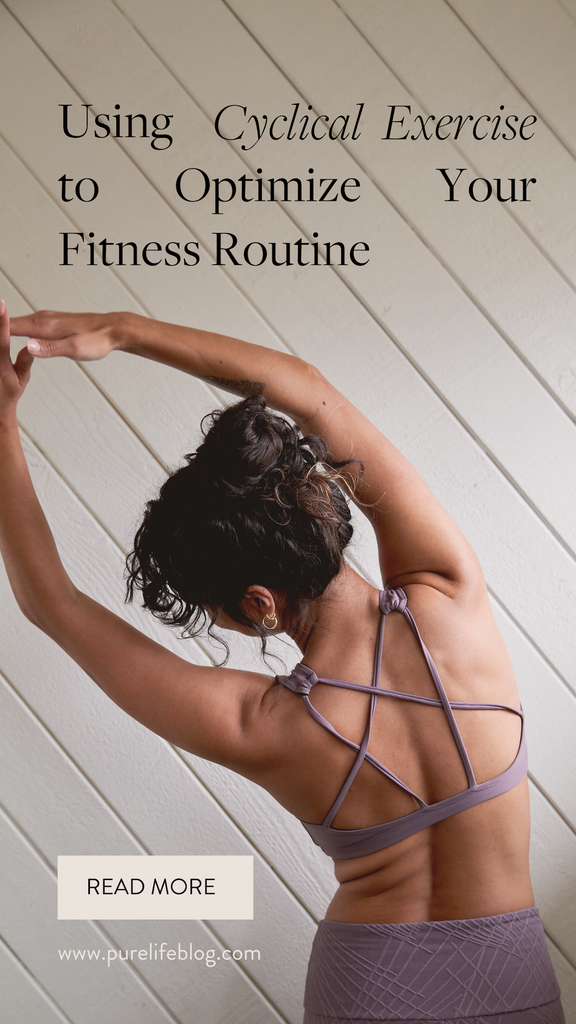


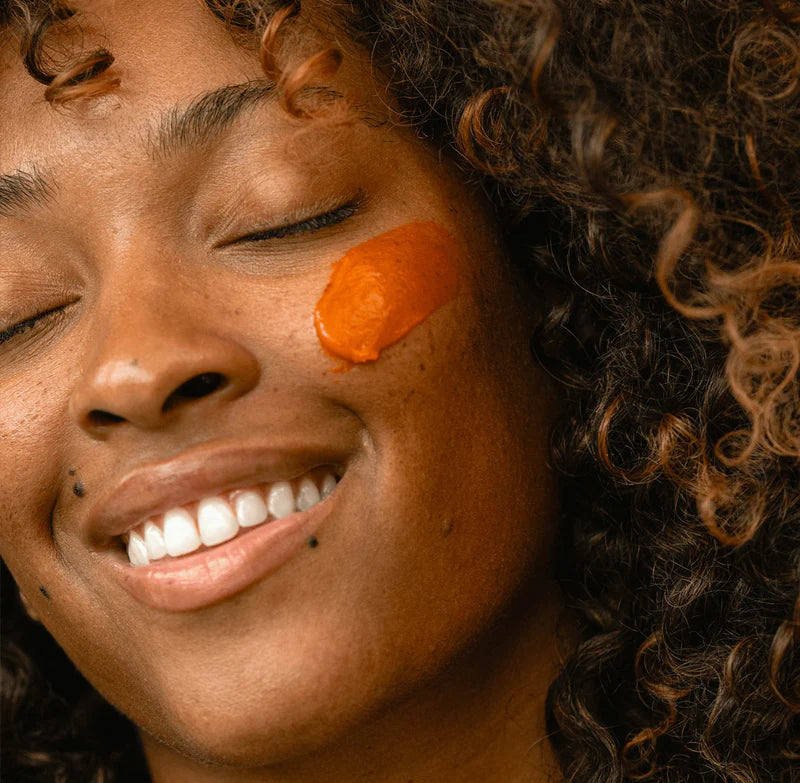
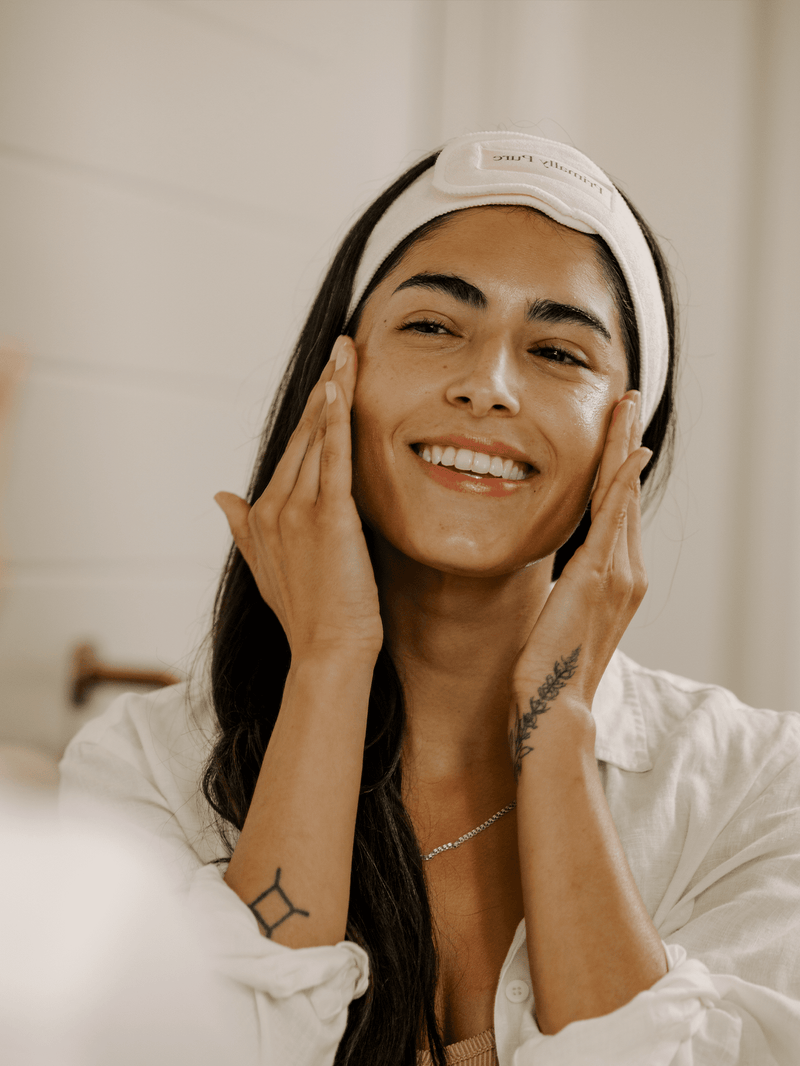

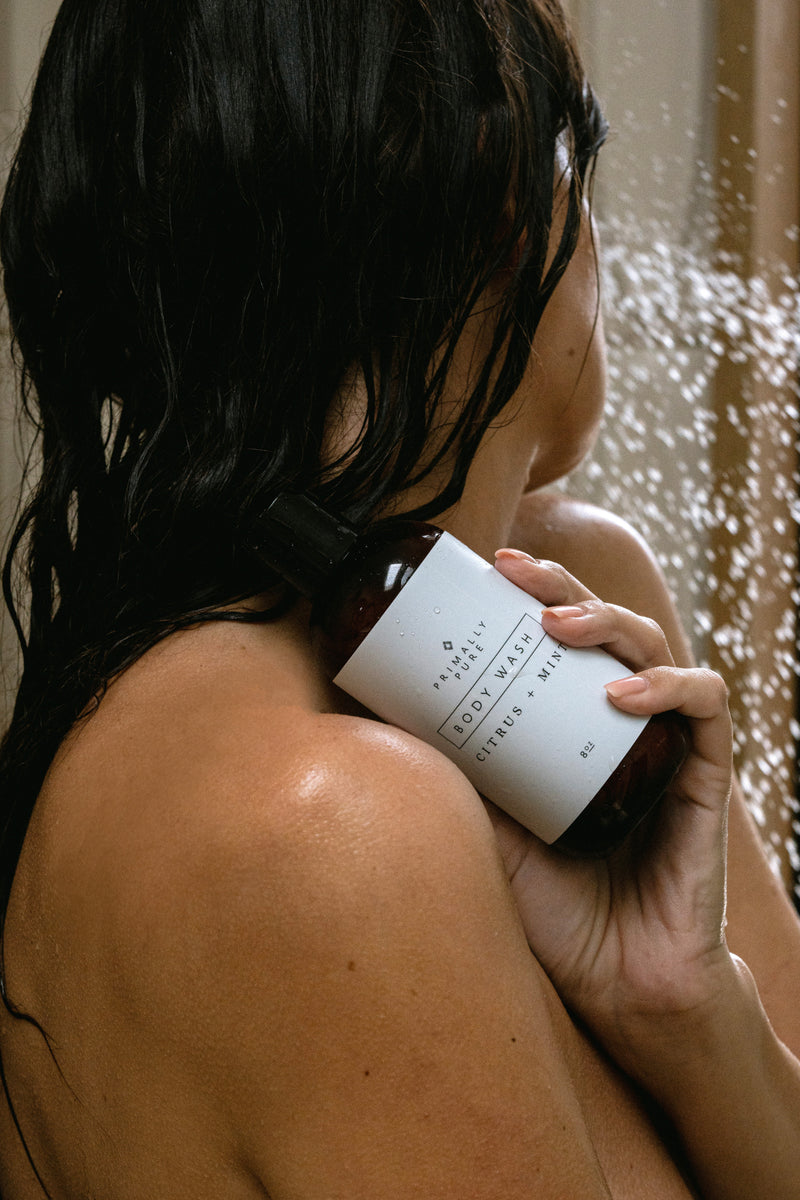
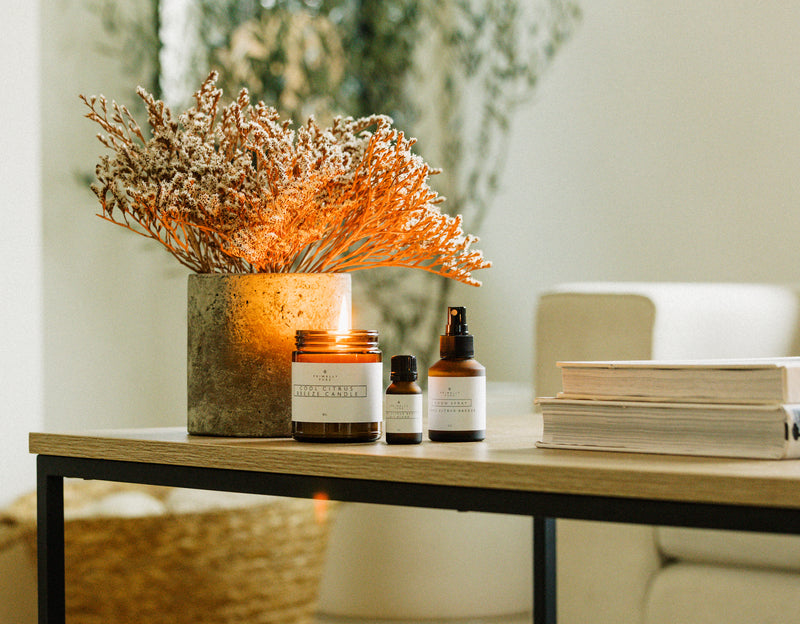
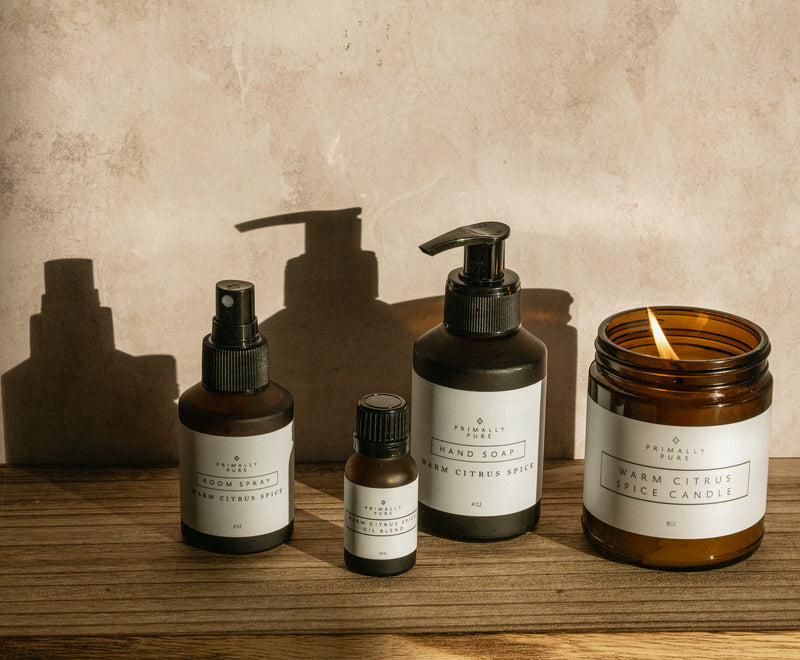
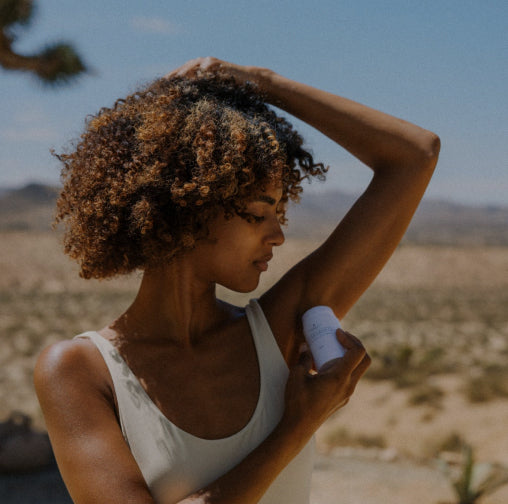
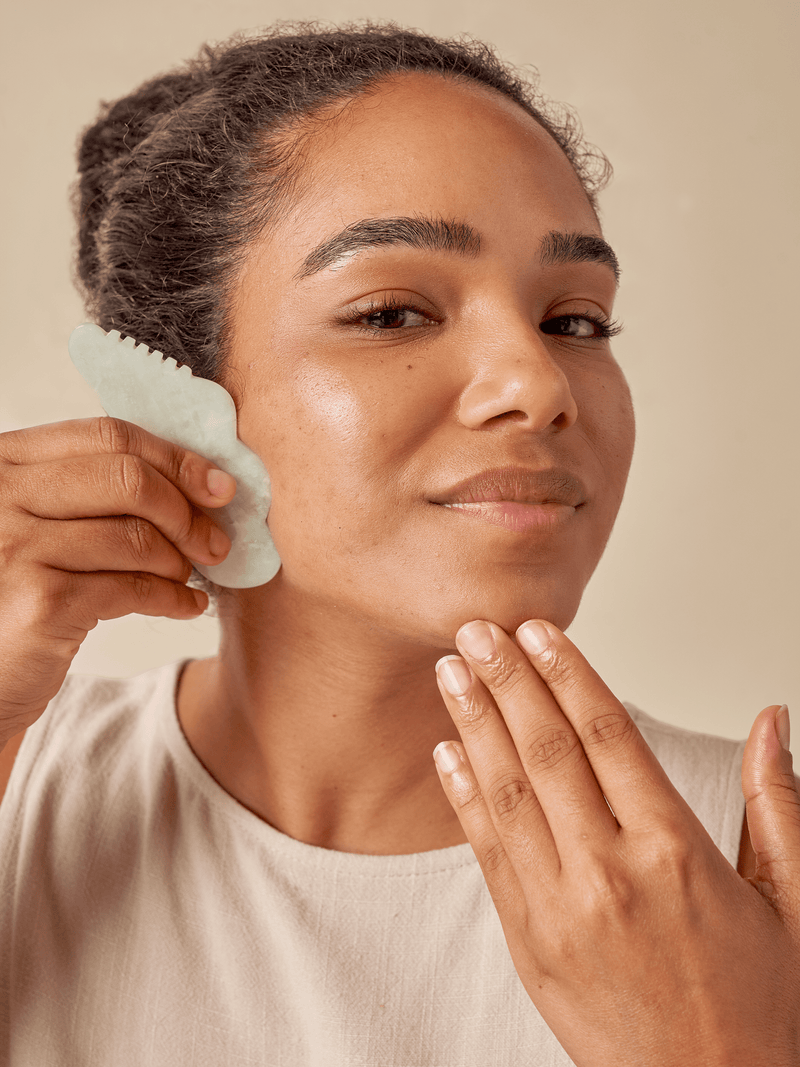
Leave a Comment